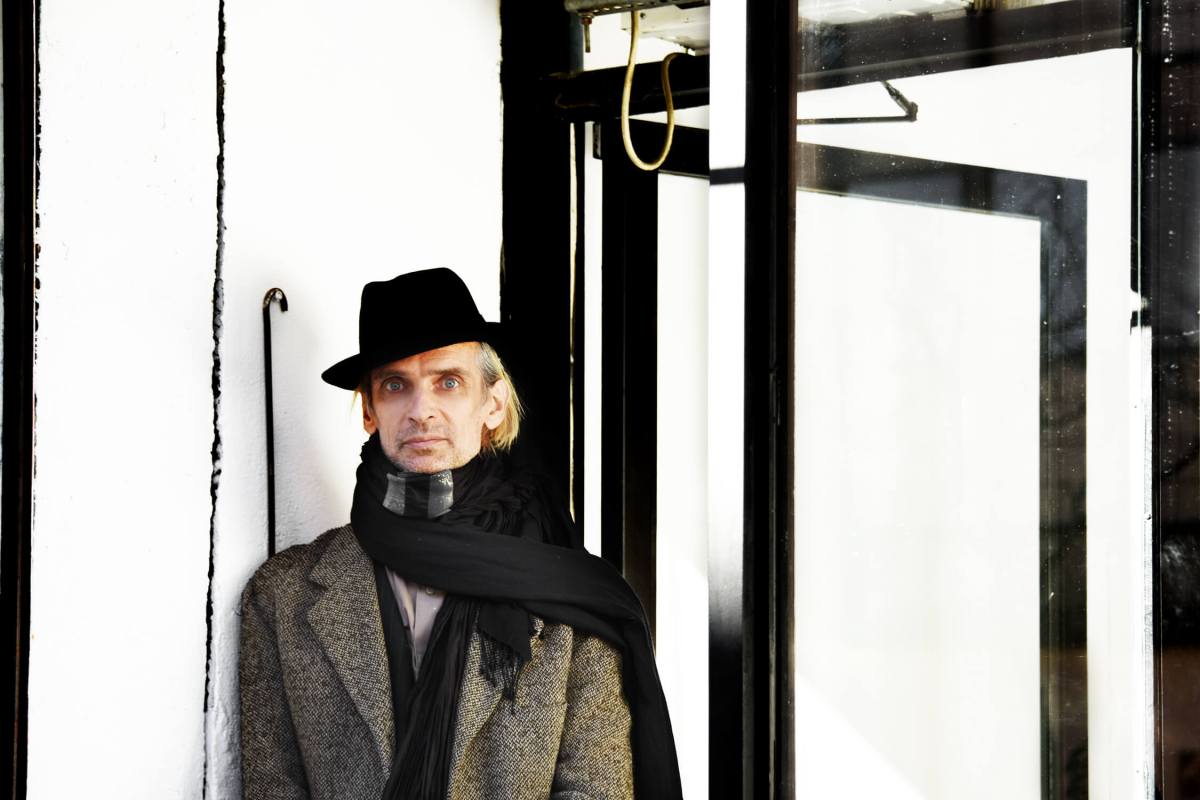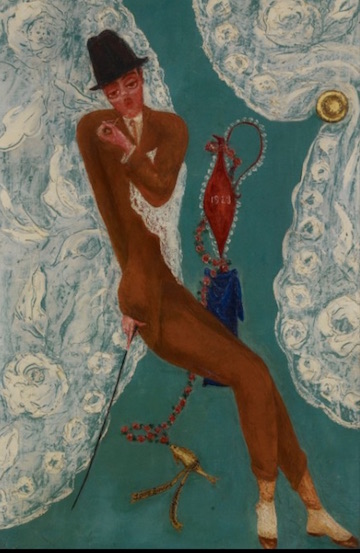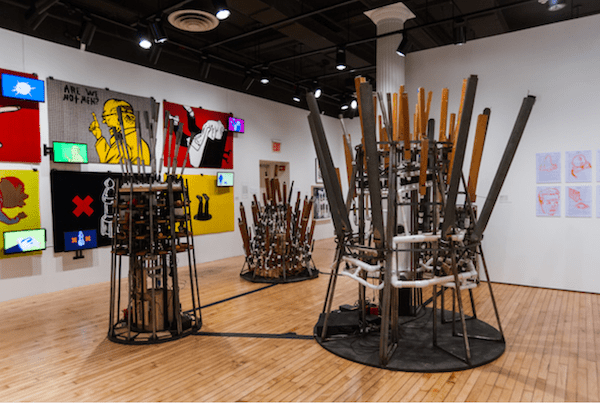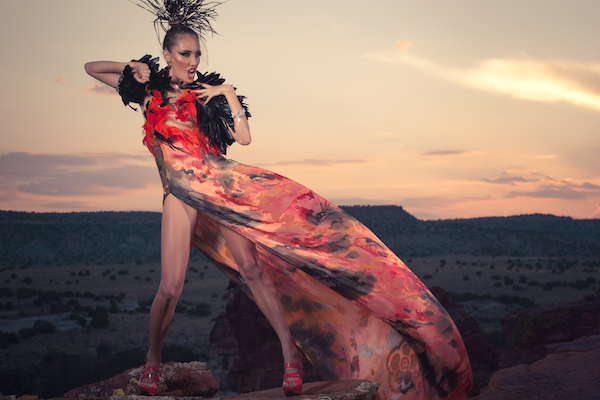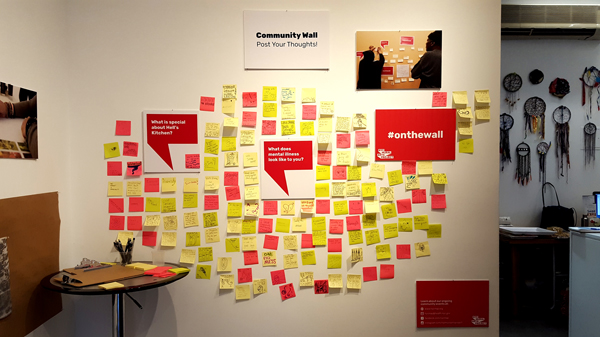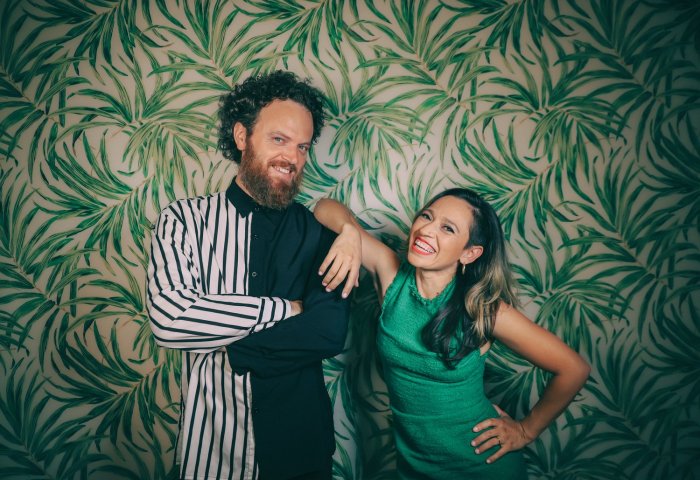BY BOB KRASNER
Come to the Lower East Side to view incredibly unique work by two artists with keen eyes and photographic minds.
Dietmar Busse is an artist whose work embraces luminosity and grimness in equal amounts. His current paintings are the culmination of years of self-examination which have taken a leap in technique but are still only another step in his quest.
Busse began his career in New York as a photographer, arriving from Europe in 1991. After a stint as an assistant, he moved on quickly to having his own work published in Interview, Vogue, The New Yorker and the New York Times magazine, among others.
Although his portraits and fashion work were well received, he dropped out of the commercial world to concentrate on yoga and self-portraiture. The images that emerged from his studio then showed the artist covered in self-applied makeup and flowers and resulted in a book entitled “Flower Album.”
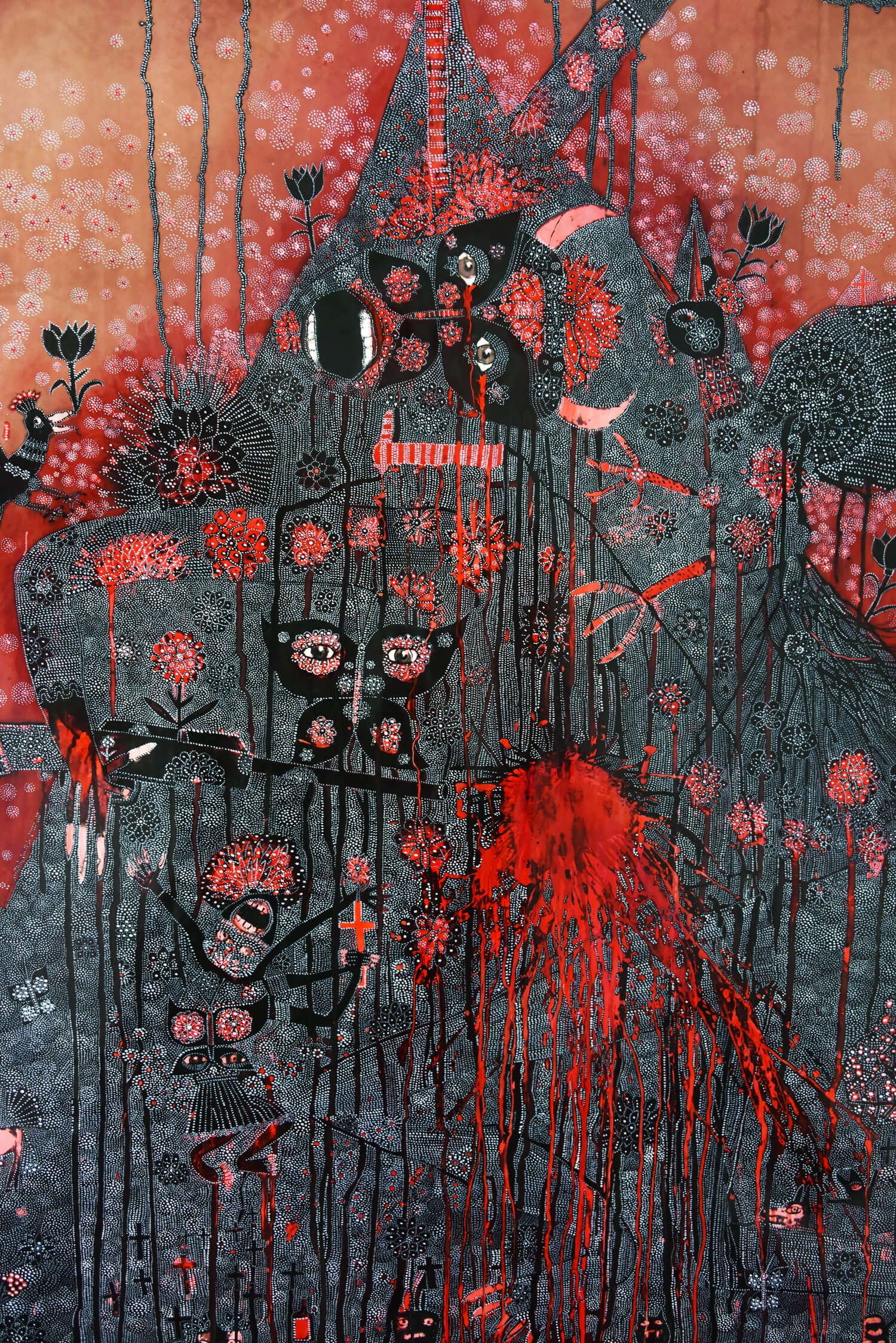
“I transformed myself into a strange creature,” he explained. “It was a relief to work by myself, in a safe space for me to create.”
After four or five years, he began to invite “people with character” into his studio and began a ten year period of straightforward black and white portraits that he calls, “From a small room.”
But he was still unsatisfied with his work, for a simple reason.
“I never had the dream to be a photographer,” he admits. “All my life I wanted to be a painter, but I was too afraid.”
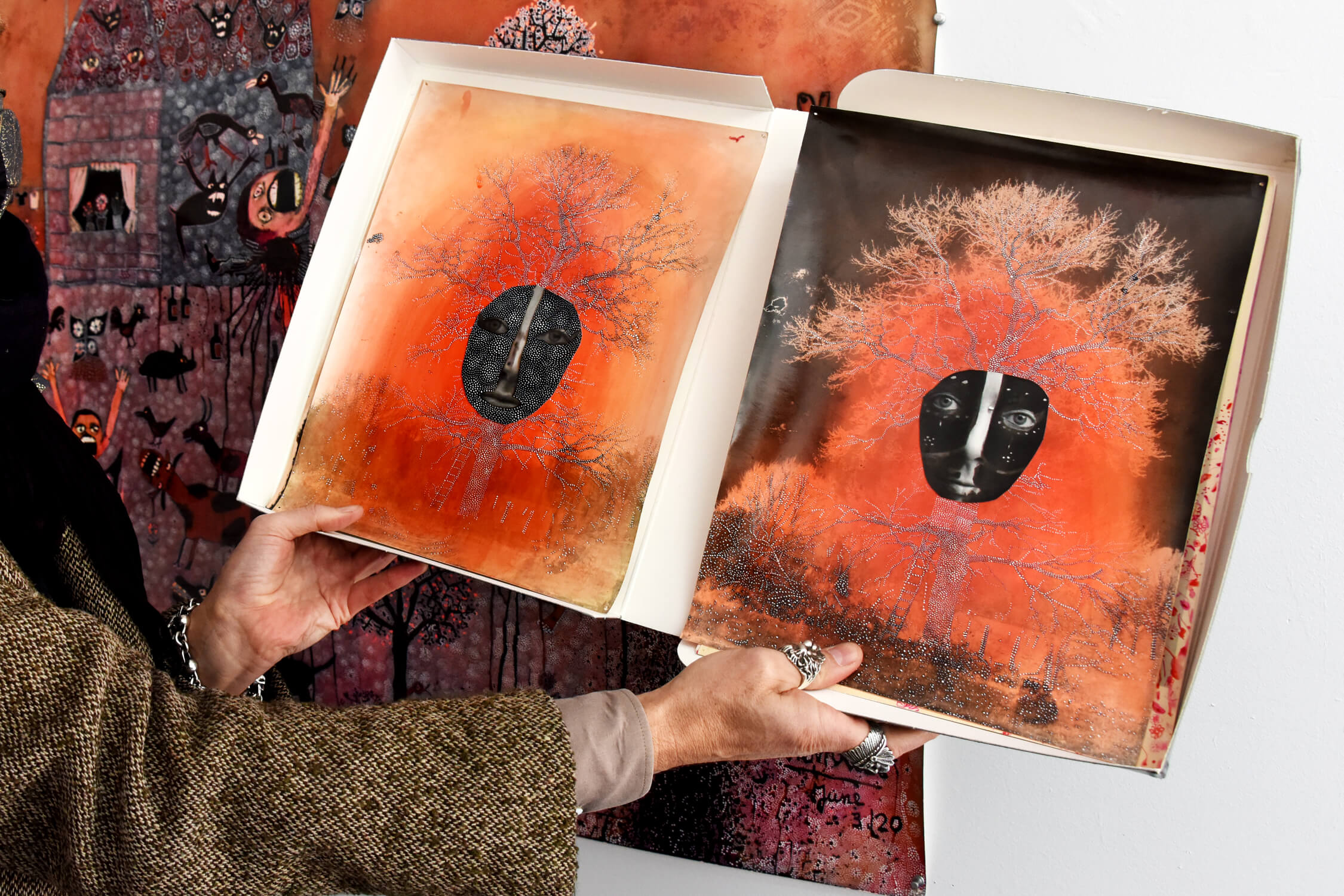
The next step, then, was to begin painting on prints of his images. After producing many beautiful images in this manner, he left behind the photos, but not the darkroom.
His process still involved the darkroom, but in a most unique way. Briefly, he takes a large sheet of photo printing paper, exposes it to light and then paints it with developer, causing black shapes to appear wherever the chemical is applied. The paper is fixed and dried as a regular print, forming the background for his intricate painting.
The results include imagery that examines Busse’s childhood, which was filled with ” domestic violence, alcohol , guns and screaming,” against a bucolic backdrop outside of a small town in NW Germany. “It was a magical place,” he remarks. “But it was where my father attempted suicide when I was five and then succeeded when I was ten.”
Replaying his childhood in his work has brought him “self acceptance , self knowledge and the courage to express myself. I could write a book about what I’ve learned through this work.”
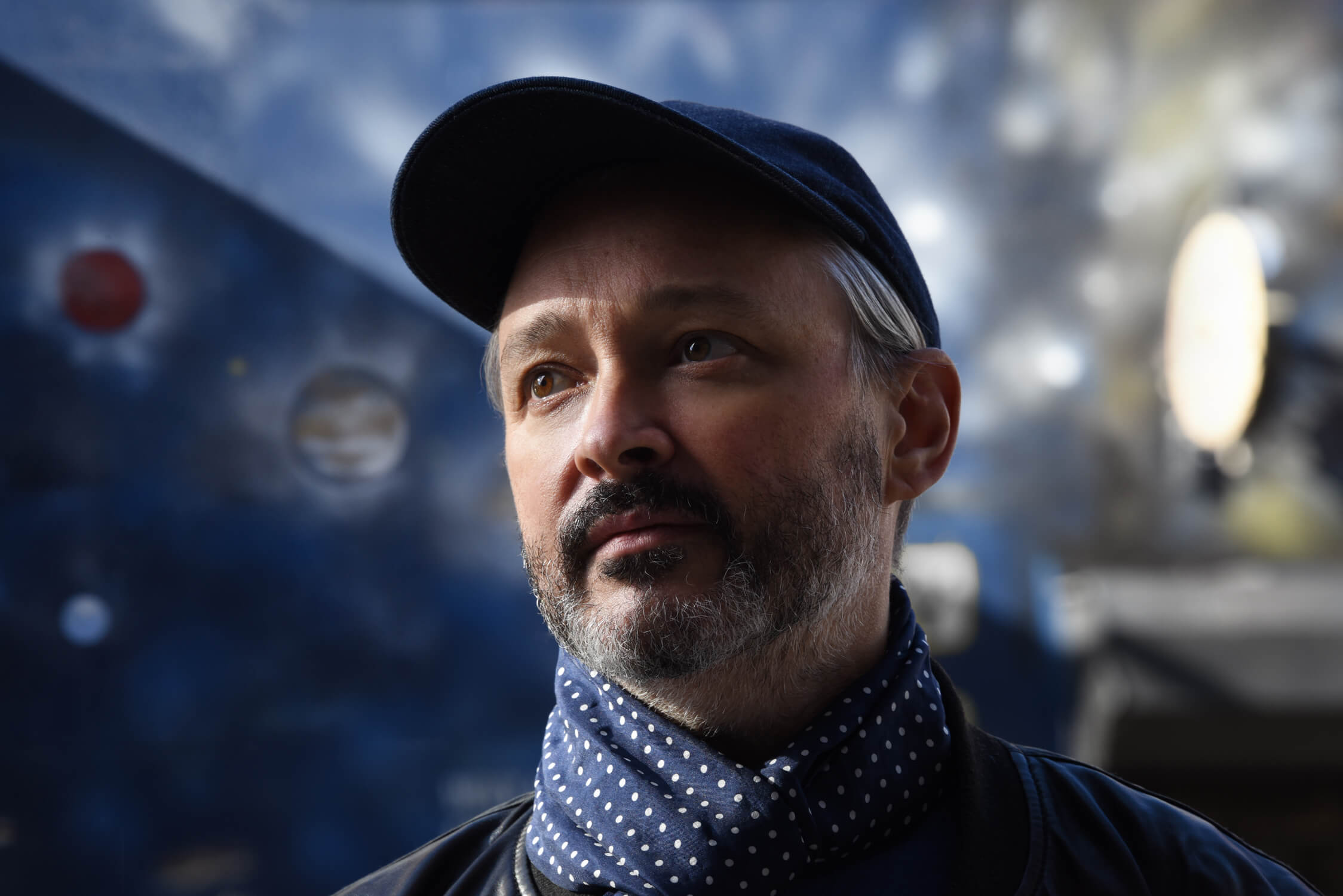
George Bolster, on the other hand, uses photography as a jumping off point in a completely different direction.
An Irish multidisciplinary artist living in NYC, Bolster takes images of spacecrafts, radio telescopes and the like, creates digital files and sends them off to be woven into tapestry on an industrial loom. The resulting piece is then altered by Bolster, who adds his own embroidery – sometimes using threads pulled out from the tapestry.
Bolster sometimes adds imagery to the piece and sometimes a message, such as the work that reads “reality is more magical than any religion.”
While Bolster concentrates on the vastness of the universe — he mentions that “there are an estimated one billion planets in the milky way,” and the “idea that we are alone in the universe no longer has any currency” — his goals are closer to the ground.
“We think that we are the pinnacle of evolution, but we are not,” he states.”We need to be open to new ideas in order for the planet to survive.”
“The divisions in our society are cultural,” he continues. “we are so short-sighted as a species – we have to recognize each other as human.” Even the image of a rainbow has a lesson, as it only represents the spectrum that is visible. Bolster notes that his latest work focuses on ” how limited we are in what we see.”
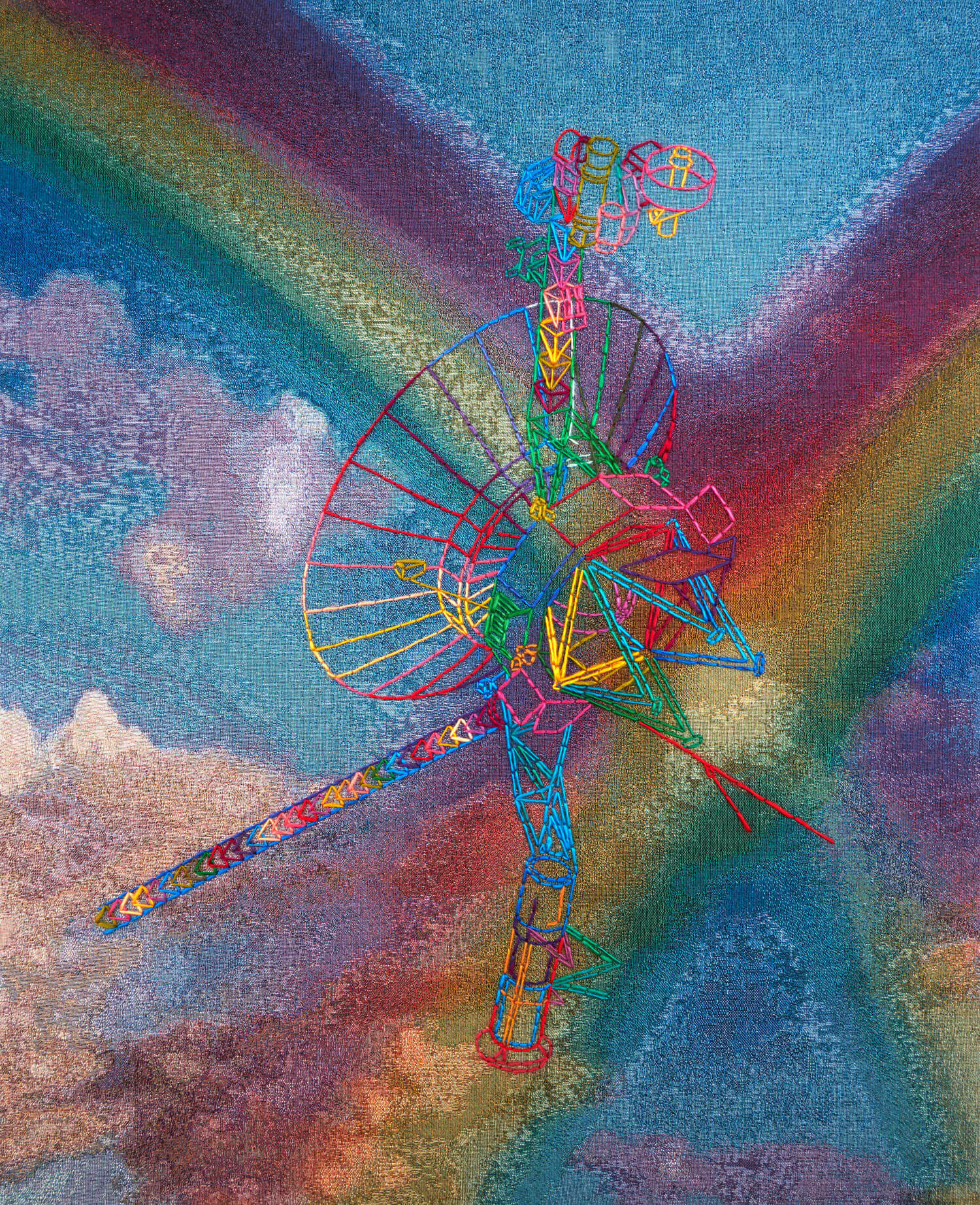
Even while examining the current political and environmental issues that threaten us daily, he retains a sense of wonder and a bit of optimism. Going a step further from his embroidered message, he says that , “we should remember the fact that reality is more magical than anything.”
While one looks inward and the other outward, the two artists are working on two sides of the same coin. After all, one can’t deal with the world until one knows oneself.
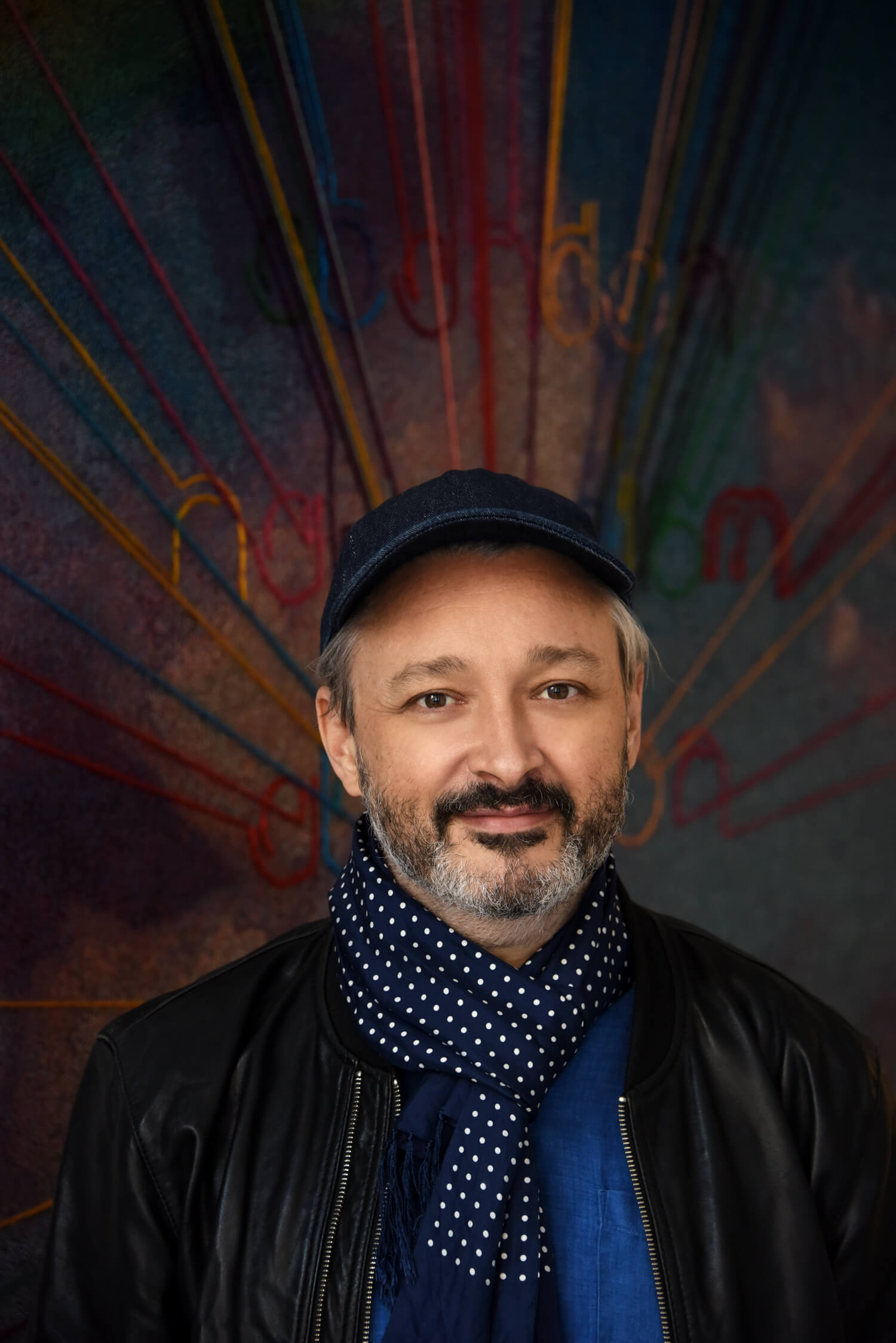
Dietmar Busse, “Today I wanted to die again,” is on view at Fierman, 127 Henry St., every Wednesday through Sunday until Dec. 13, from noon to 6 p.m. Busse is on Instagram @dietmarbusse.
George Bolster, “Tearing at the Fabric of Your Reality,” is at Ulterior, 172 Attorney St., every Wednesday through Sunday until Dec. 20, from noon to 6 p.m. Bolster is on Instagram @george_bolster.



